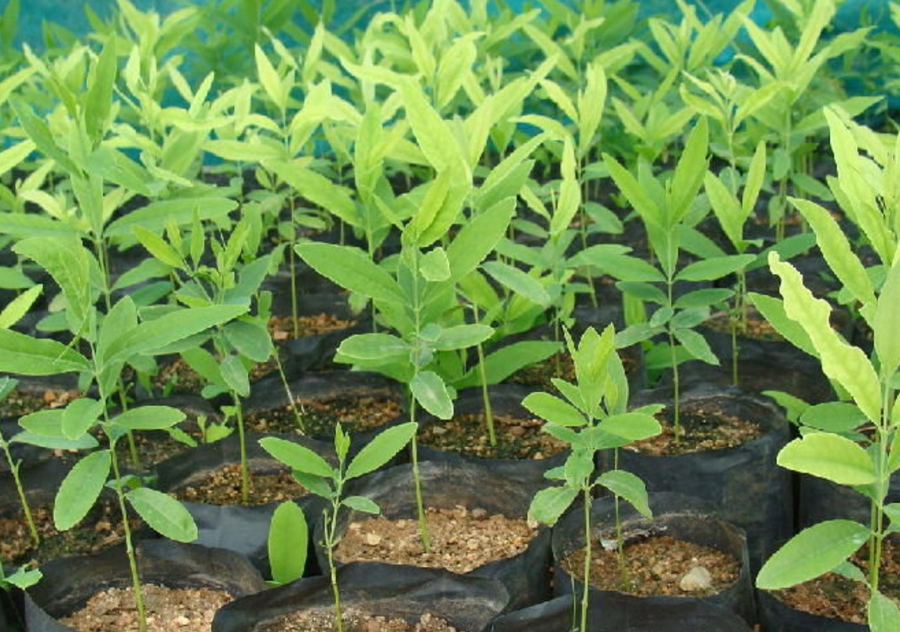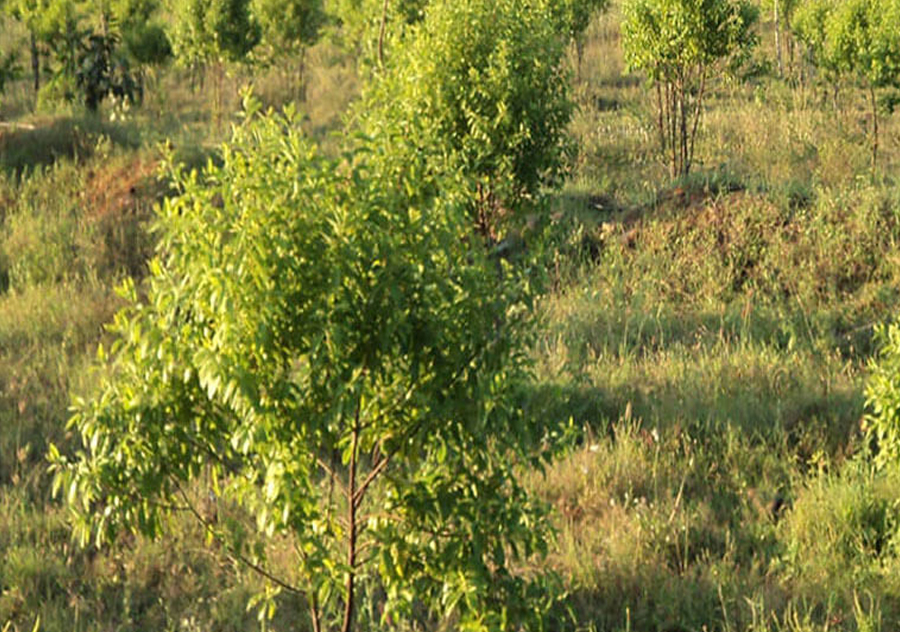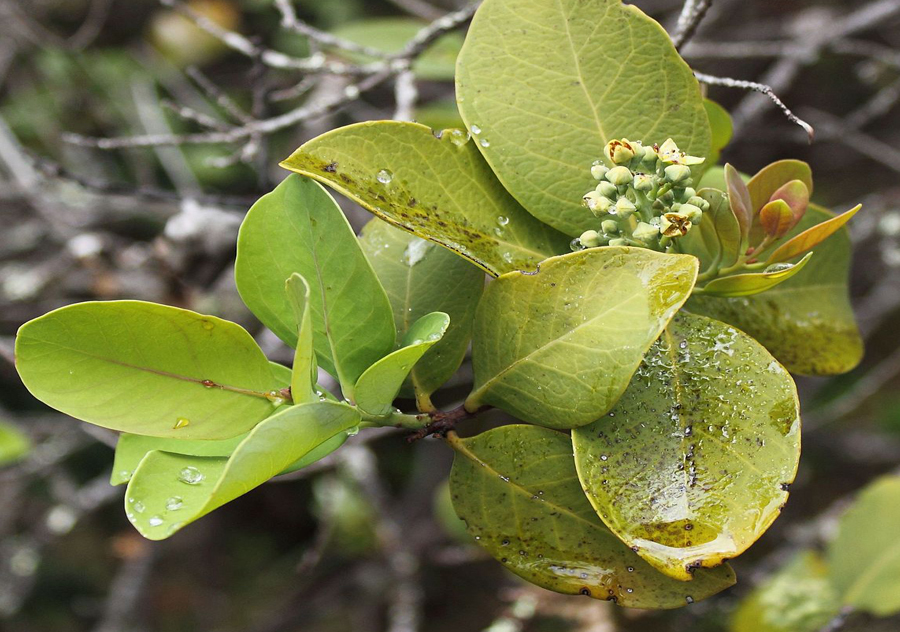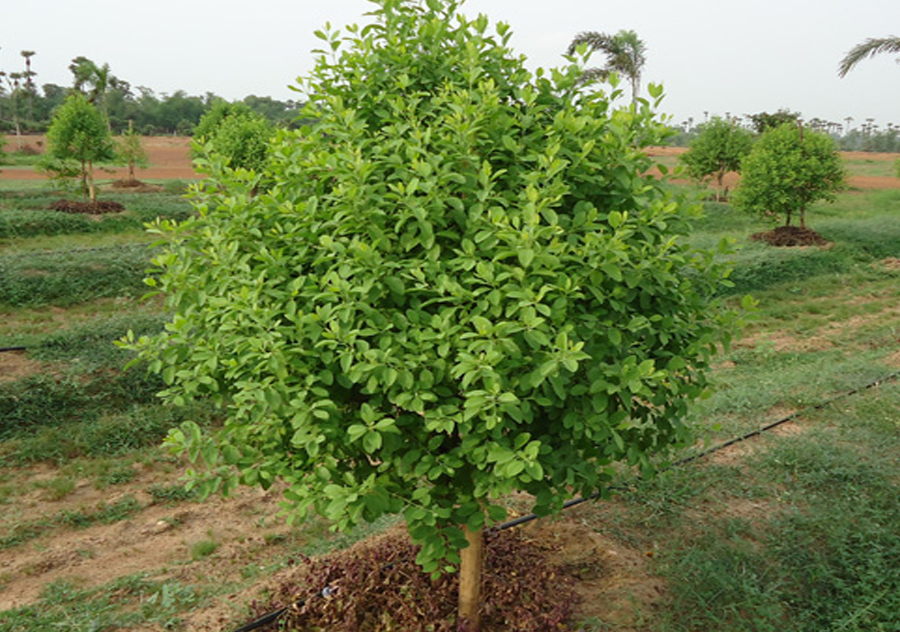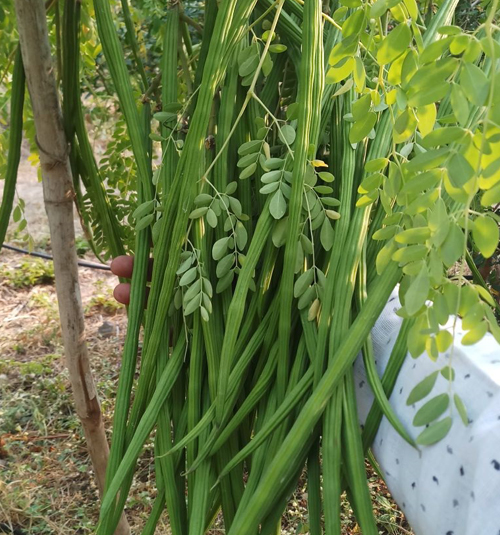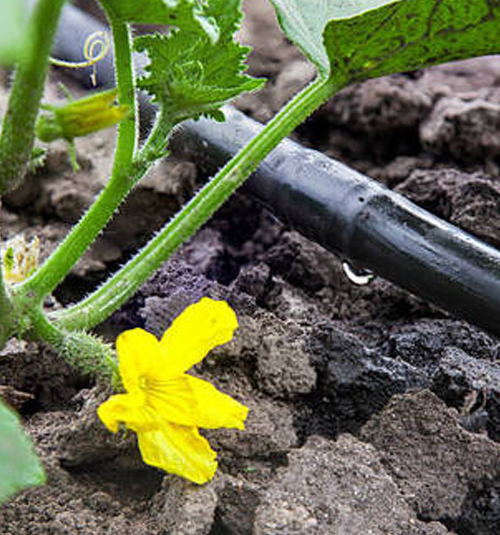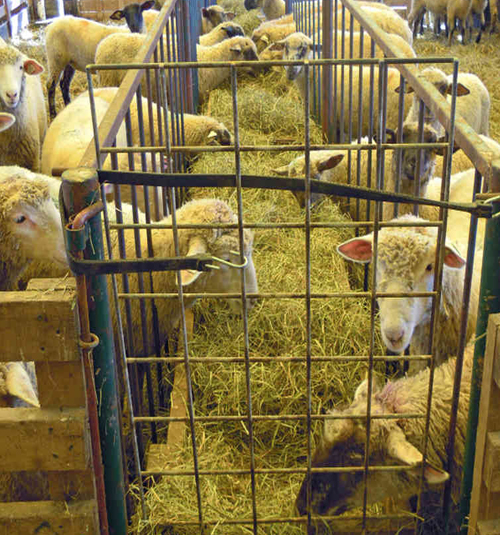Though there are many varieties of sandal wood is available in the world, Indian sandalwood and Australian sandalwood are very famous and has excellent commercial value in the market. Though returns on sandalwood cultivation are very high in which naturally grown in forest, sandalwood tree takes 30 years to be ready for harvesting whereas intensive cultivation in organic methods gives quick results in 10 to 15 years. The sandalwood grown in India has two colours which is available white and red. The best part of these plants is this can be grown as inter crop in Melia Dubia (Malbar Neem), Drum Stick, Amla, Bananna
Santalum album, Indian
The fragrance of sandalwood is interwoven with Indian history and culture. The first mention of it in Indian literature is found around 2000 B.C. in the Ramayana. It was included with spices and silk among the first trade items with Middle Eastern and other countries. In 1792 sandalwood was declared a "royal tree" by the Sultan of Mysore--a status that continues today with the Indian government "owning" all the sandalwood trees. (Individuals can get up to 75% of the value of trees growing on their land in payment for growing and protecting the trees--but their harvest must be approved by the government.)
Indian sandalwood's many uses include medicine, incense, burning of chips for ritual use, perfumes and beauty care products, and for carving religious and other artifacts.
Most Indian sandalwood grows on the Deccan Plateau in southern India, with the majority of the trees in the states of Karnataka and Tamil Nadu. Santalum albumis found in dry, deciduous forests. It is considered a slow-growing tree and is easily damaged by fire, various pests, grazing pressures and disease.
The amount of heartwood in a tree varies considerably depending on age, soil and climate conditions--and other factors not entirely understood. The essential oil found in the heartwood of the trees does not even start to form until the trees are at least 10 years old, and trees are not usually harvested until they are at least 30 years old. The heart is yellowish to dark brown, with the lighter-colored wood containing higher levels and a better quality of essential oil than the darker wood. Oil content is also highest in the root and decreases as one moves up the tree. The highest concentrations of essential oil are found at the core of the heartwood, with decreasing amounts as one moves out from the center.
Sandalwood essential oil is mostly obtained by steam distillation (the practice of water distillation is considered outdated). It is colorless to pale yellow and somewhat viscous. The top note (the first aroma you smell) is very soft with a sweet-woody, balsamic body note and a long-lasting bottom note (which is why sandalwood is such a good fixative).
Economics of Sandalwood Cultivation :- Well, the rate or price of sandalwood or any medicinal plants varies every year and depends on market conditions. The retail government rate of heart wood in India is about 5000 to 10000 Rupees/ kg (This may vary, please contact local forest department for current price of heartwood.
Uses of Sandalwood Oil :
Some of the Major industries depending on Sandalwood Oil
- Attar Industry
- Perfumery
- Soaps and Toileteries
- Chewing Scened tobacco
- Pan Masala
- Pharmaceutical Applications
- Cradle to Cremation


